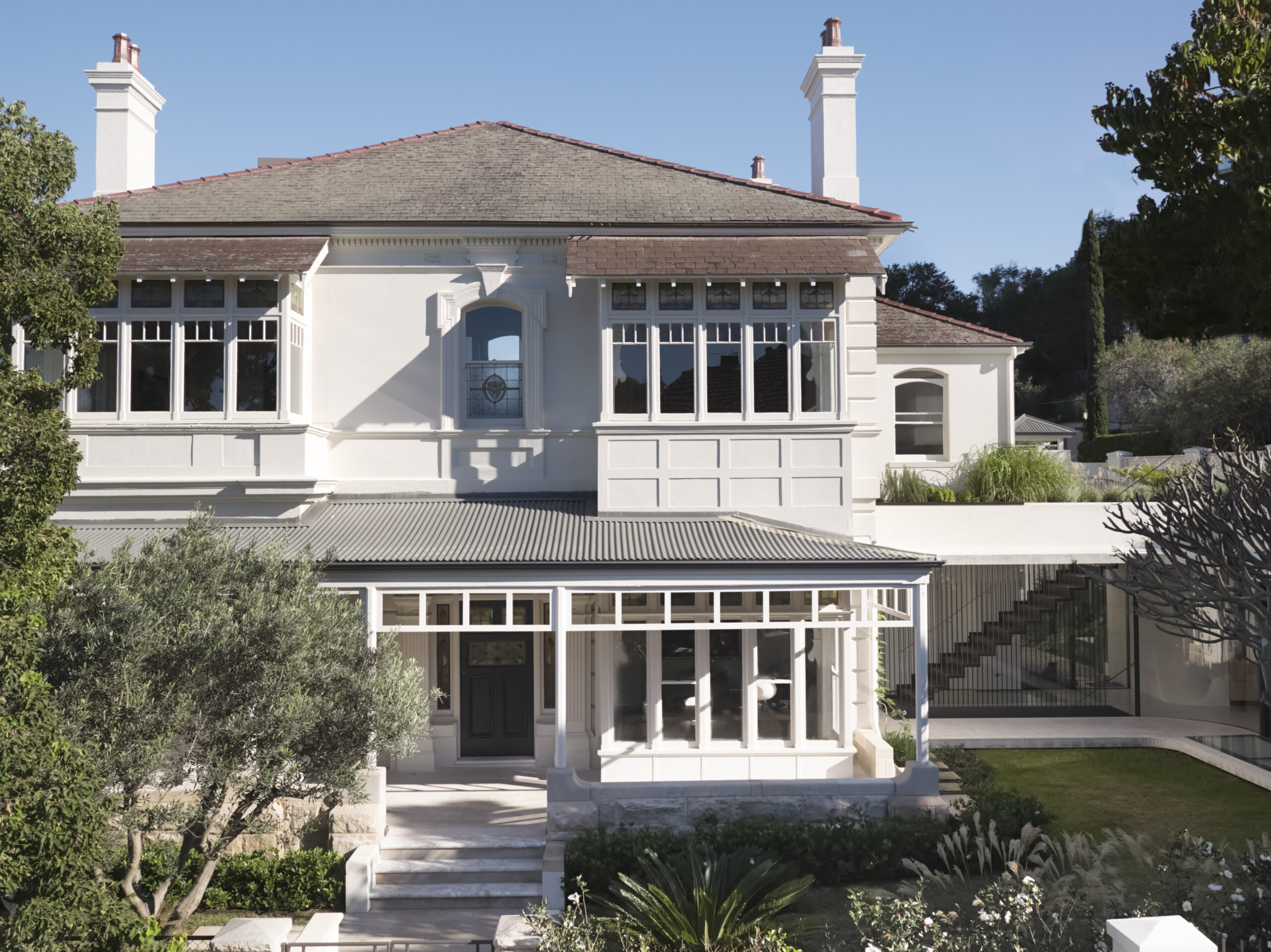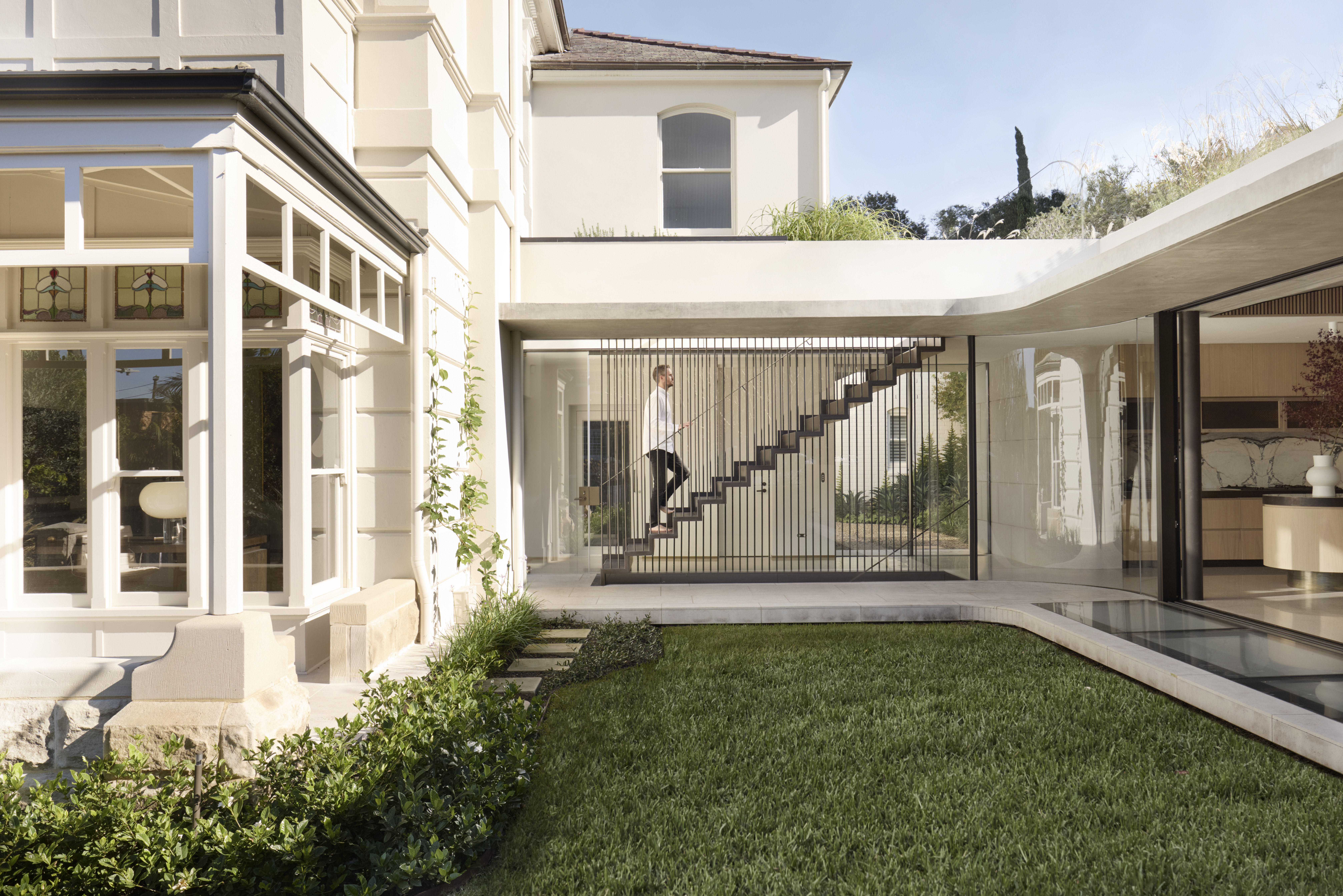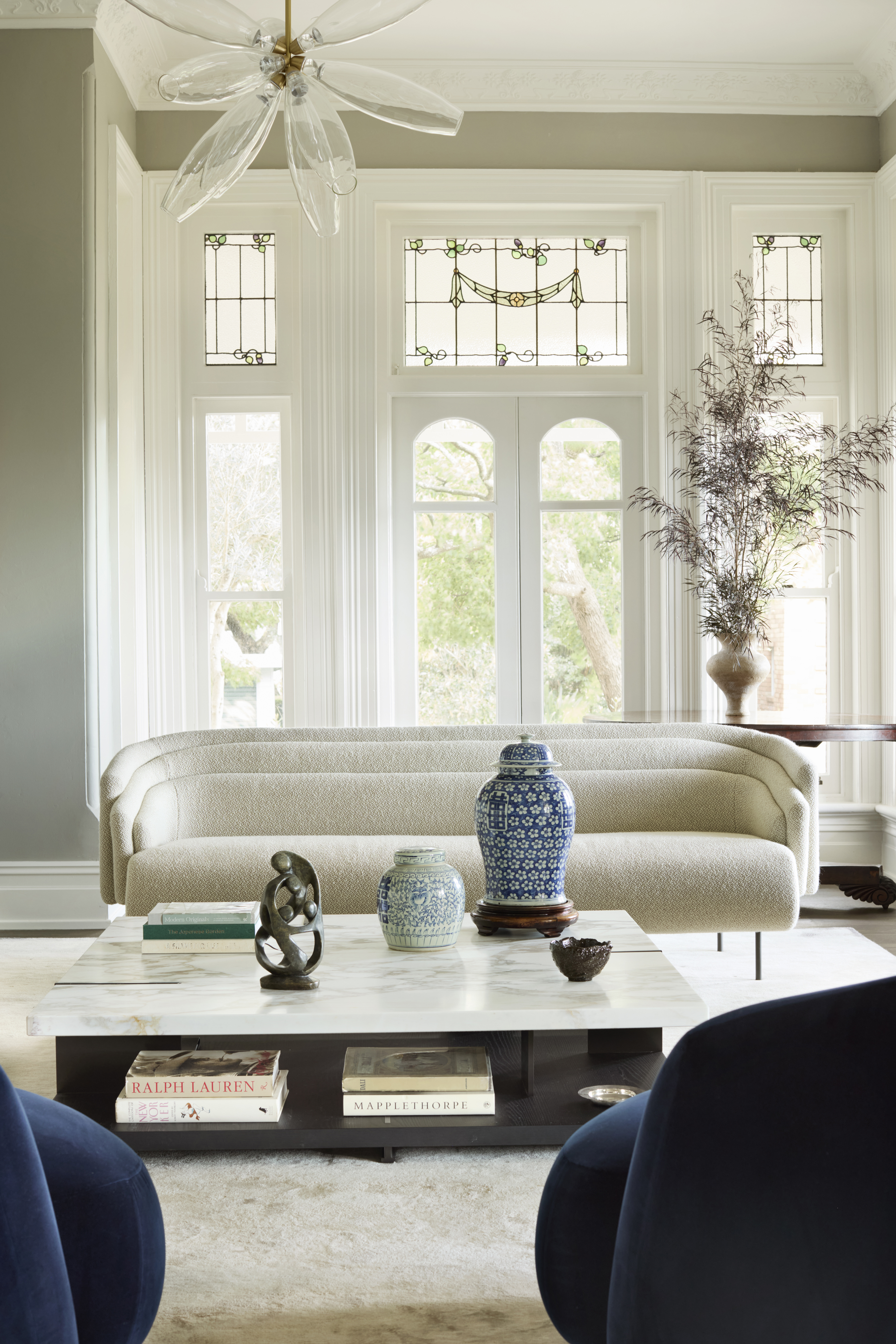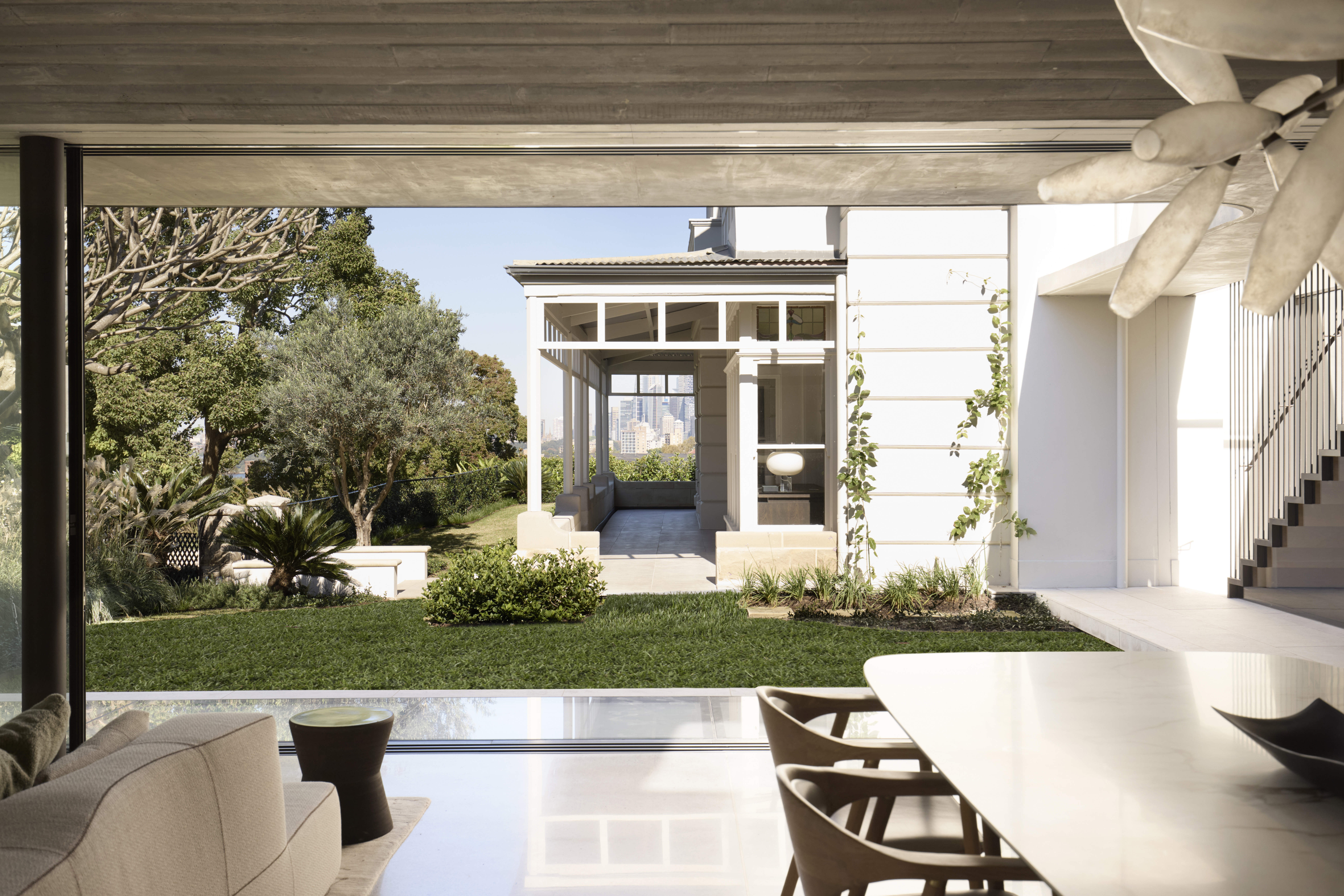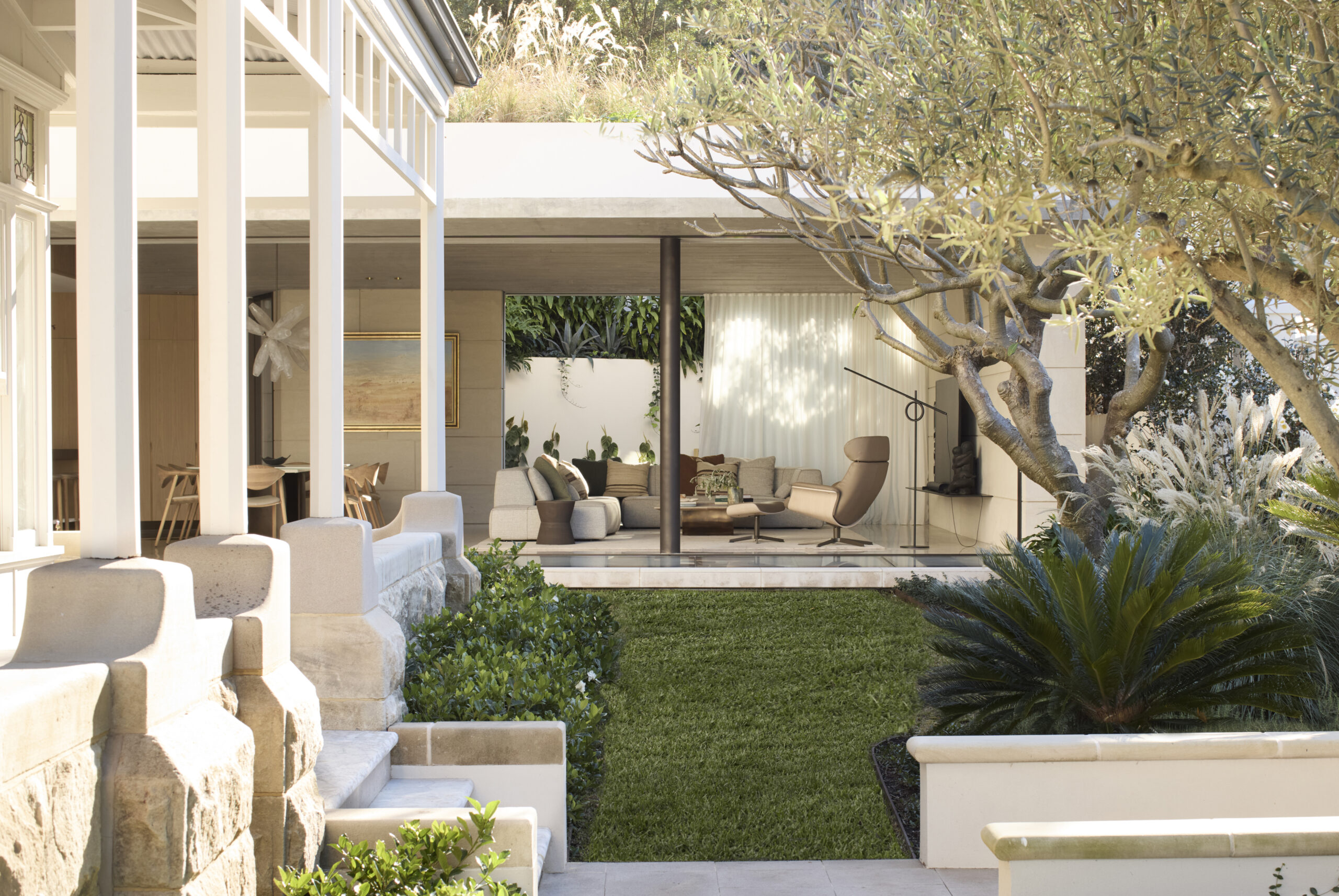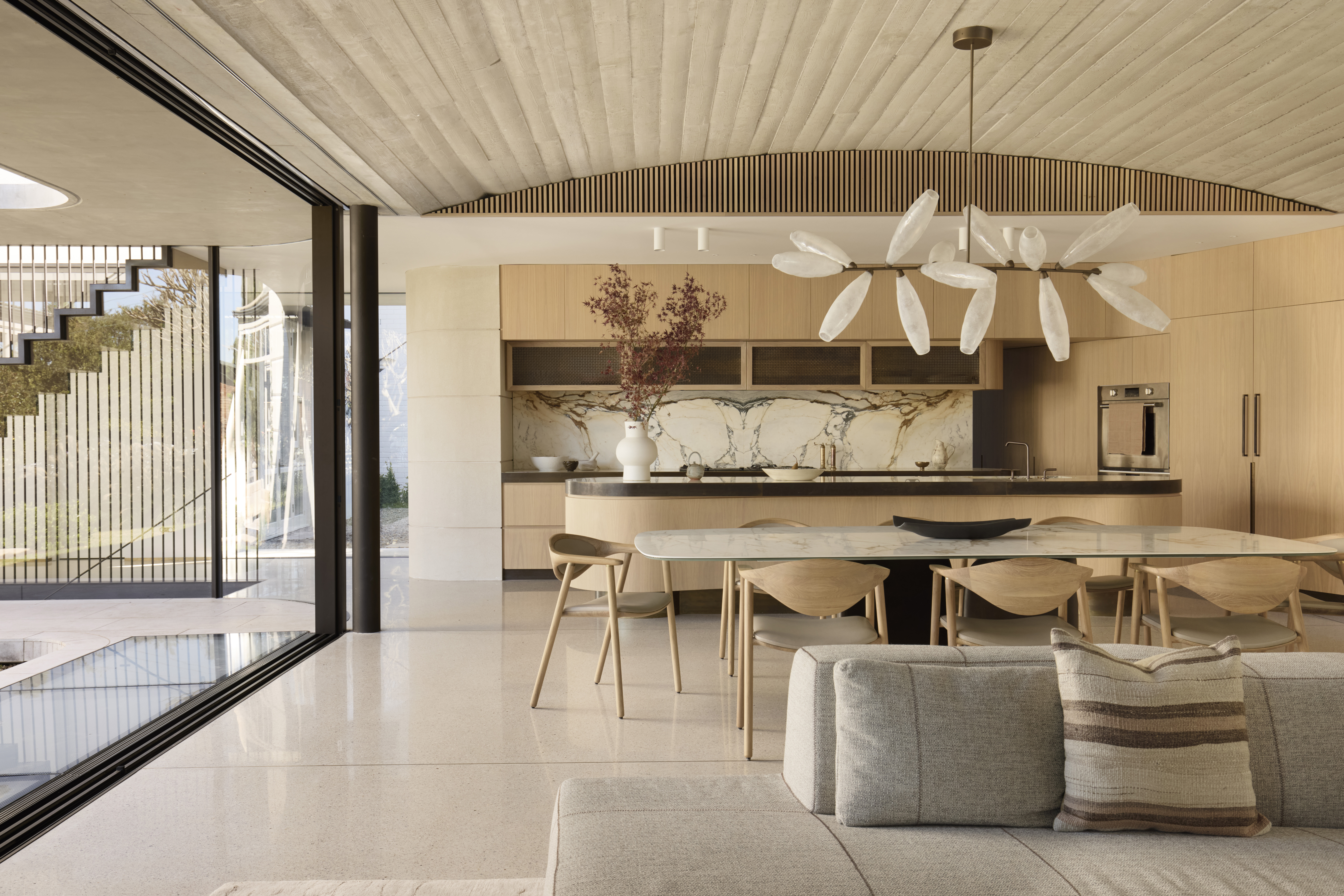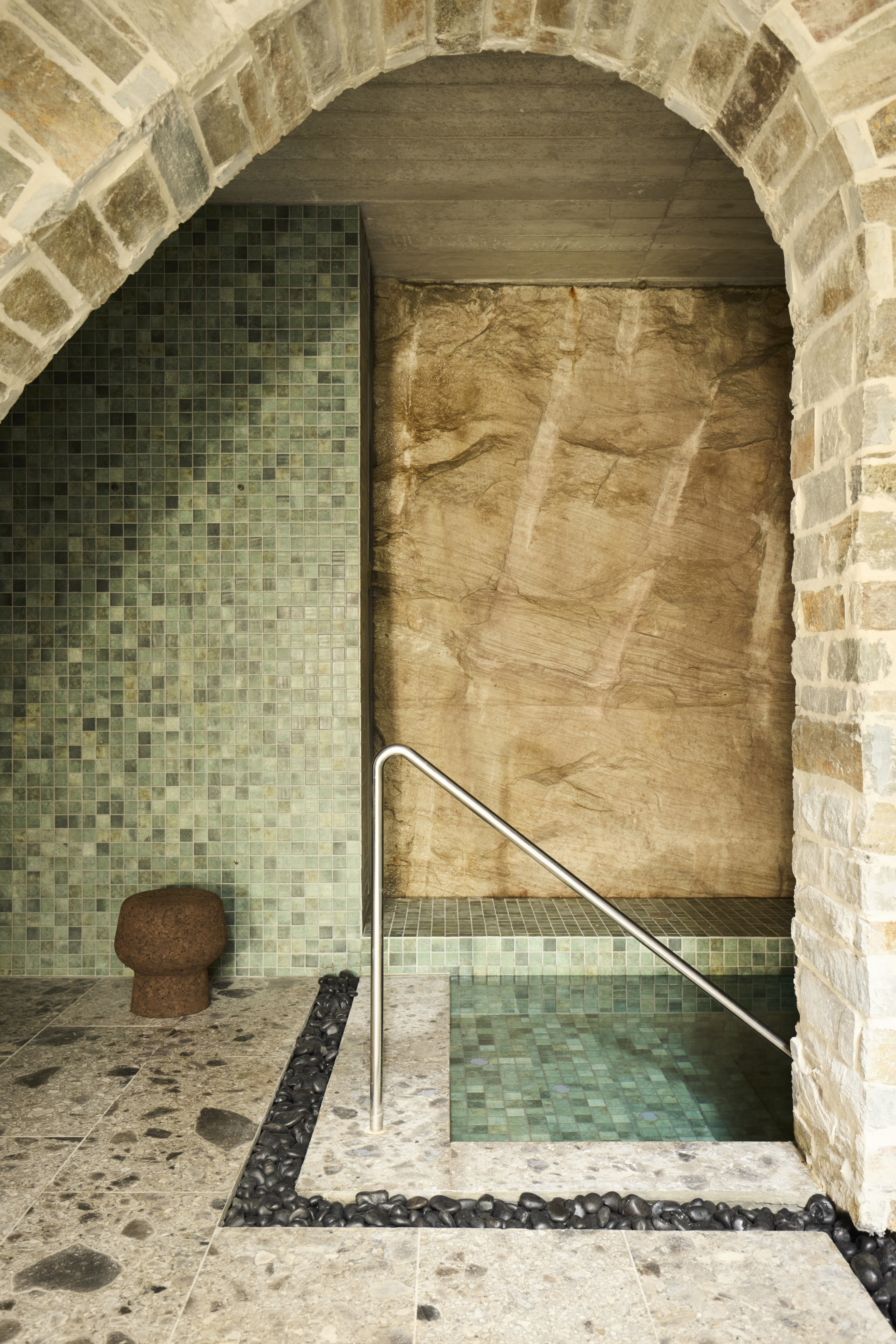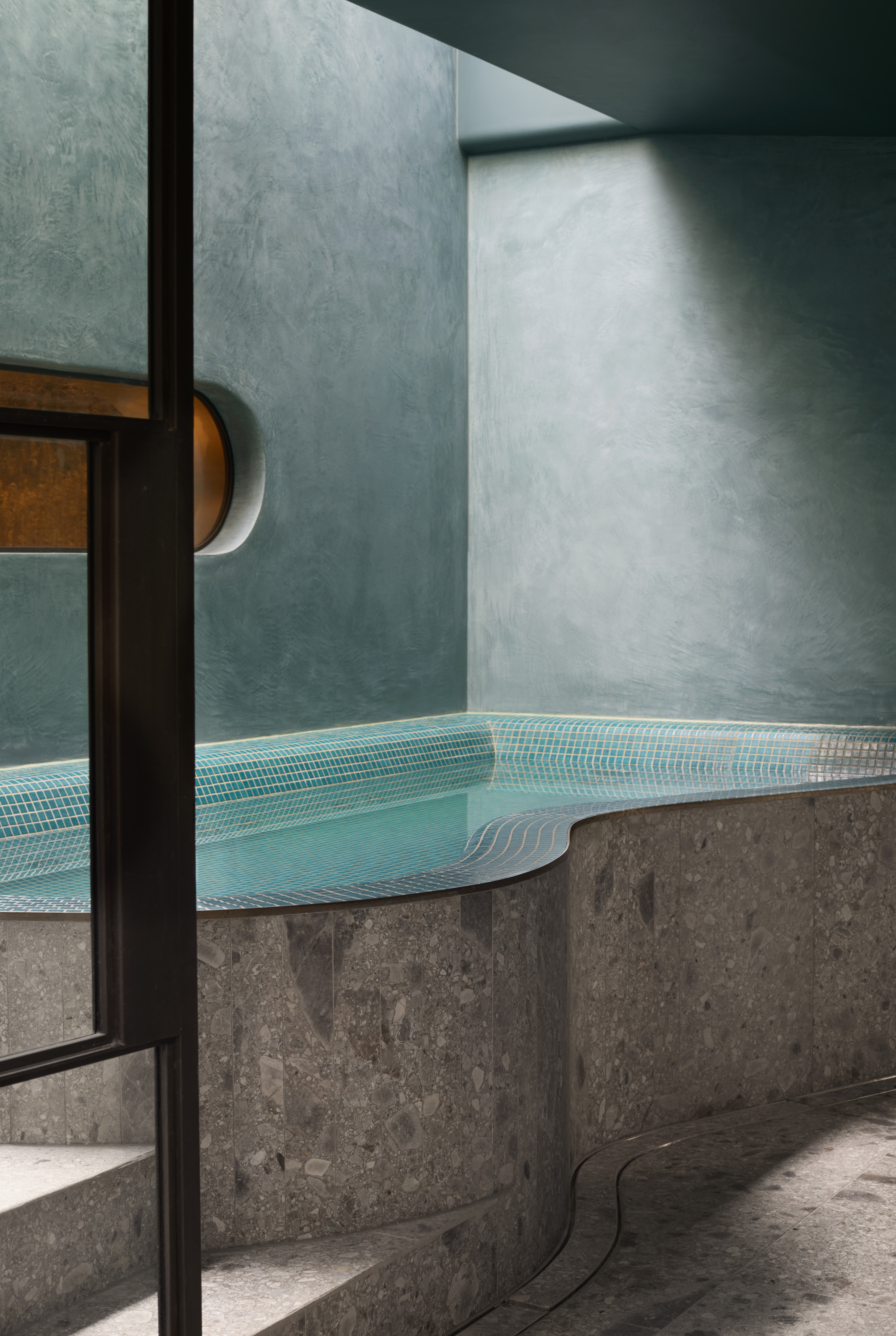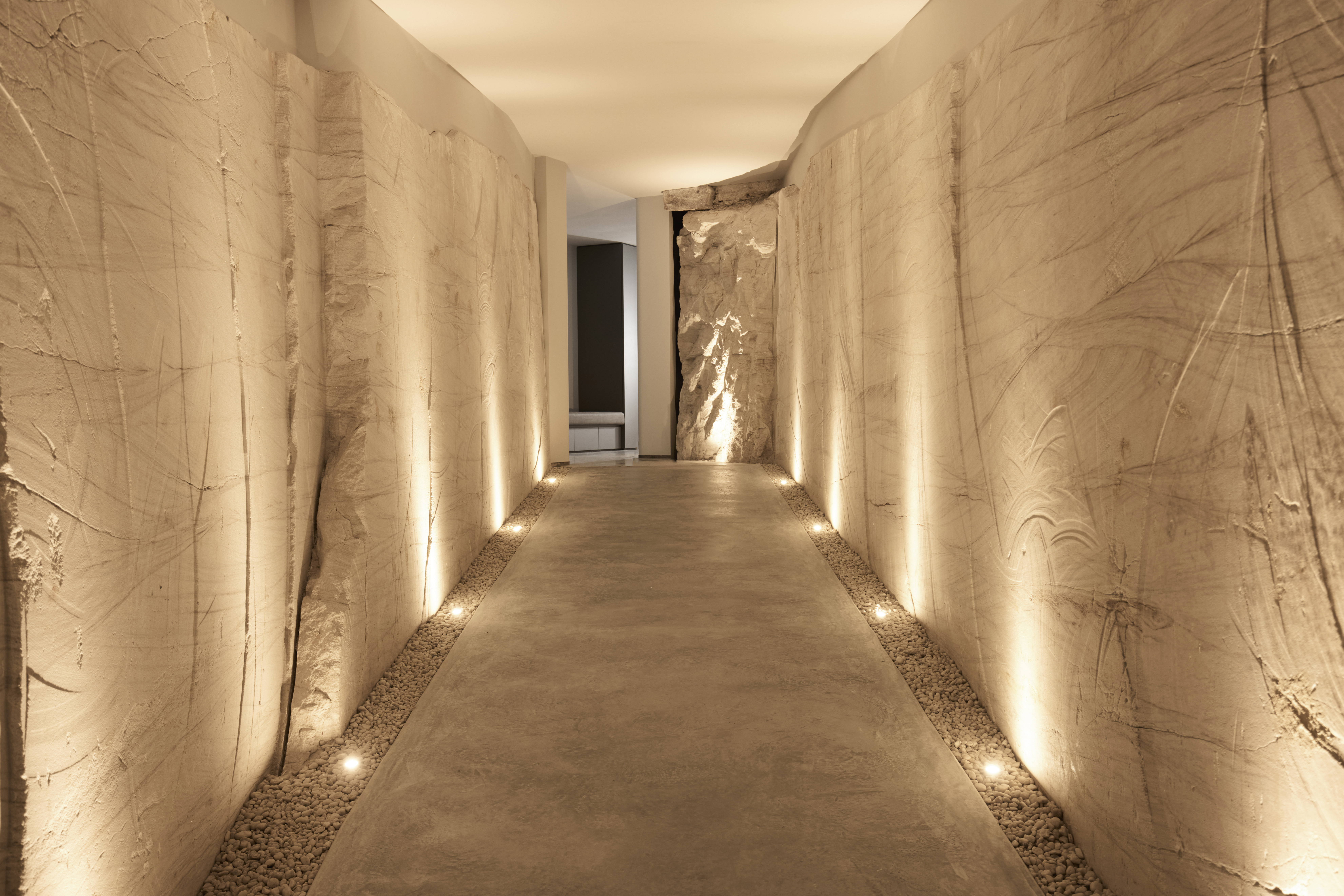Hidden – A Cryptic Estate | Luigi Rosselli Architects

2025 National Architecture Awards Program
Hidden – A Cryptic Estate | Luigi Rosselli Architects
Traditional Land Owners
the Cammeraygal people of the Eora Nation
Year
Chapter
NSW
Category
Builder
Photographer
Prue Roscoe
Media summary
Cryptic architecture is not a new concept, though it is an effective strategy for preservation. For centuries, buildings evolved through layers of history, with churches built atop temples and cathedrals atop churches. Here, the new layer is not on top of the old one but vice versa.
Designed by Walter Liberty Vernon, this 1889 home boasted grand gardens and views harbour views. Following subdivision of the land in the 1990’s, little of the original gardens remained.
To preserve a garden setting for the home and additions, the solution was to replace a recent addition with a four-storey wing, including subterranean spaces and roof garden.
The gardens, curated by William Dangar, blend Victorian and subtropical elements. Romaine Alwill’s interior design fuses classic modernism with late-Victorian features. Luigi Rosselli Architects’ subterranean pool, inspired by cryptic architecture, like Gaudi’s Park Guell. This blend of heritage and innovation exemplifies careful preservation and thoughtful adaptation.
Project Practice Team
Luigi Rosselli, Design Architect
Evan Howard, Project Architect
Project Consultant and Construction Team
Atelier Alwill, Interior Designer
Dangar Barin Smith, Landscape Consultant
Northrop Consulting Engineers, Engineer
John Oultram Heritage and Design, Heritage Consultant
French Stonemasonary, Stone Masonry
Corelli Joinery, Joiner
Mecone, Town Planner
Stellen Consulting, Hydraulic Consultant
Partridge Engineers, Secondary Engineers
Crozier Geotechnical Consultants, Geotechnical
CWL Group, Geothermal and Mechanical engineering
IGS, Electrical Consultant
Jacksons Nature Works, Arborist
JRQS, Quantity Surveyor
Veris, Surveyor
Tilt Industrial Design, Custom Skylight
Prue Roscoe, Photographer
Piers Haskard Photography, Drone Photographer
Acoustic Logic, Acoustic Consultant
Mark Stanford, Stucco Veneziano
Granite Marble Works, Marble slabs
